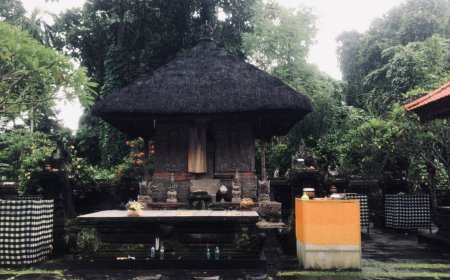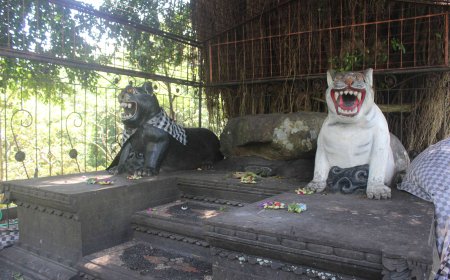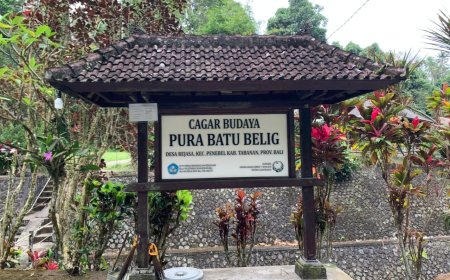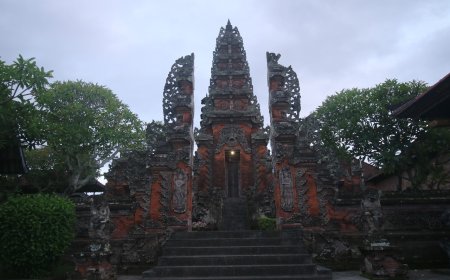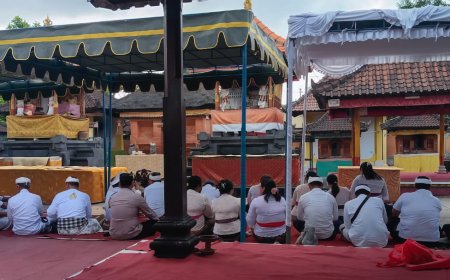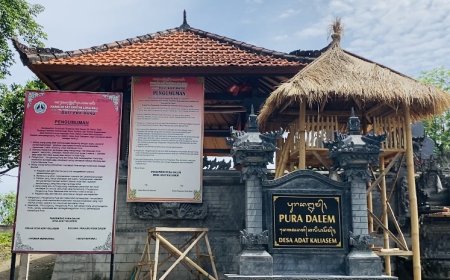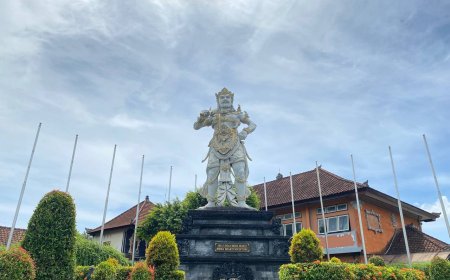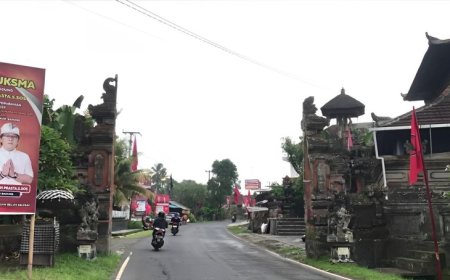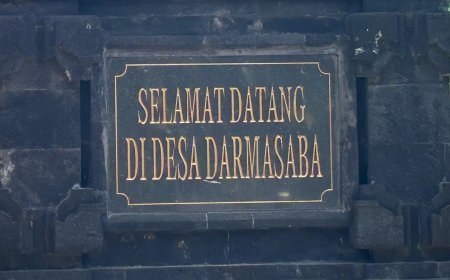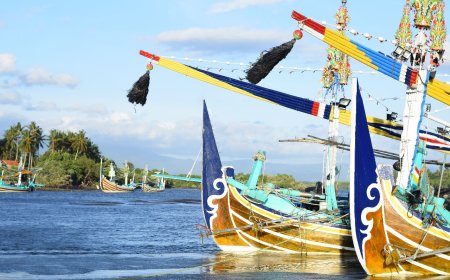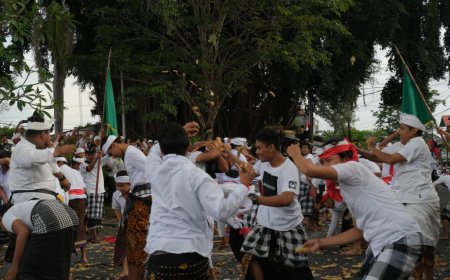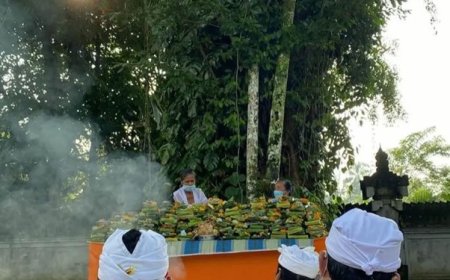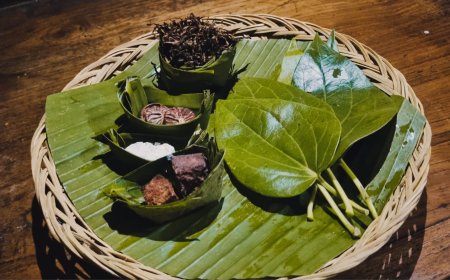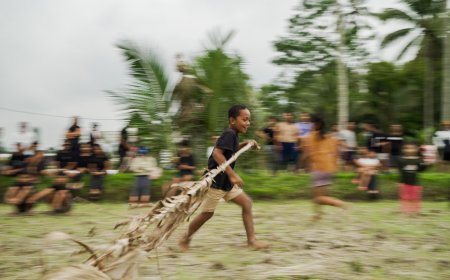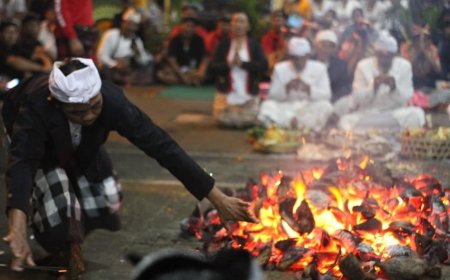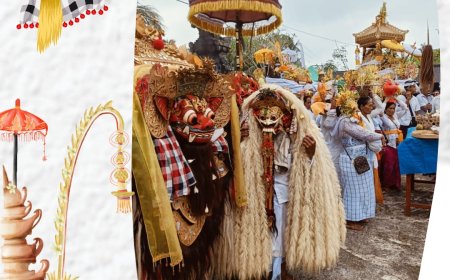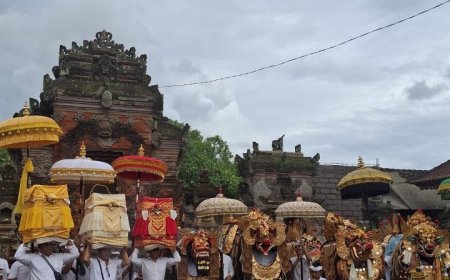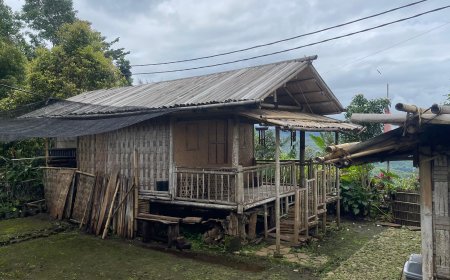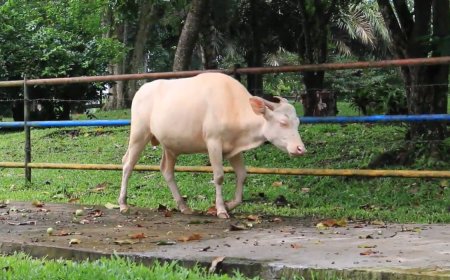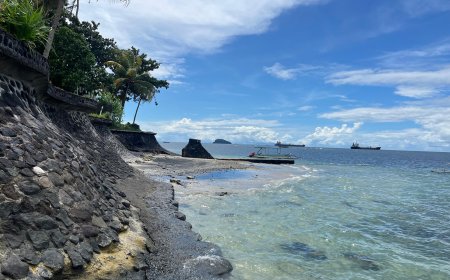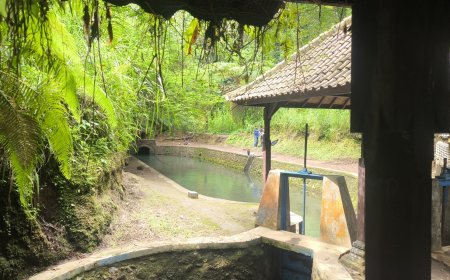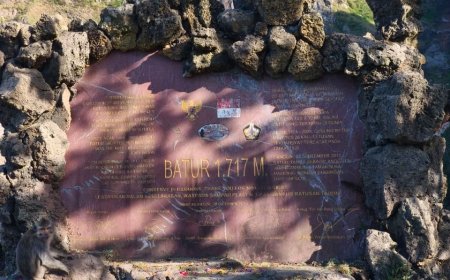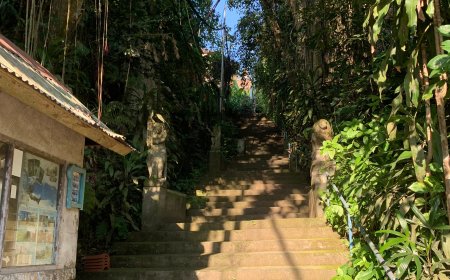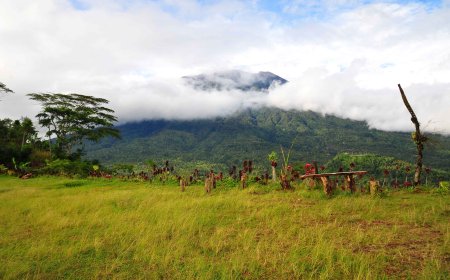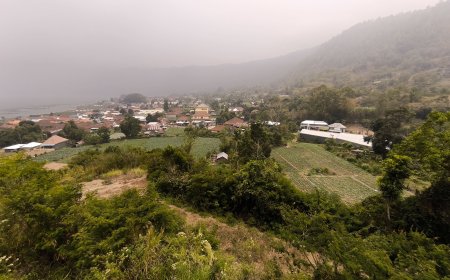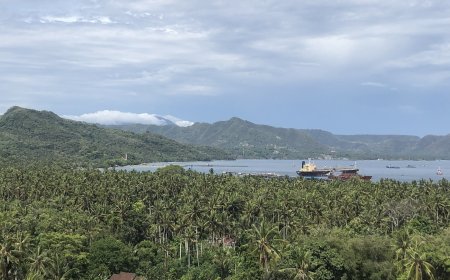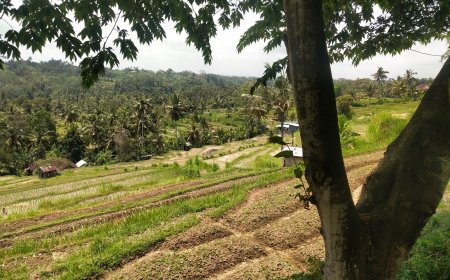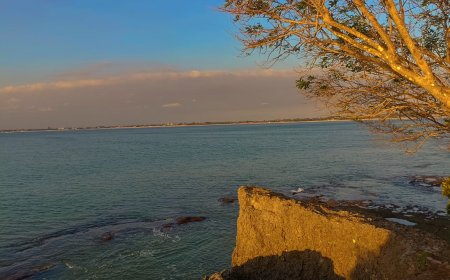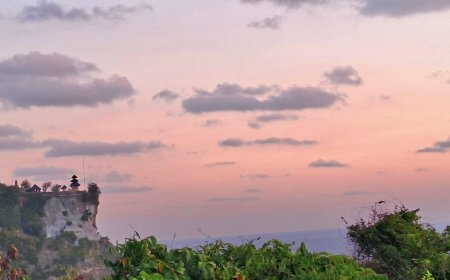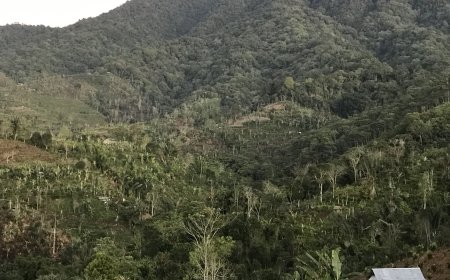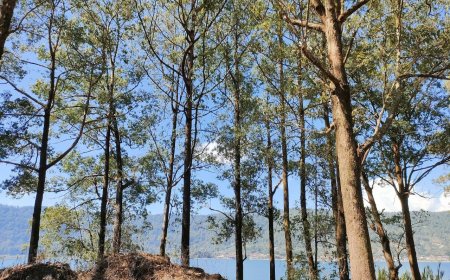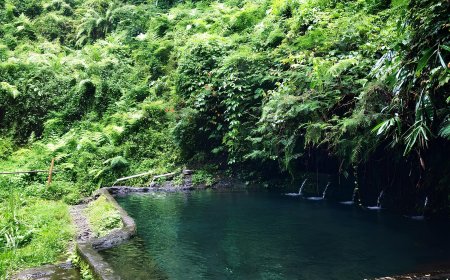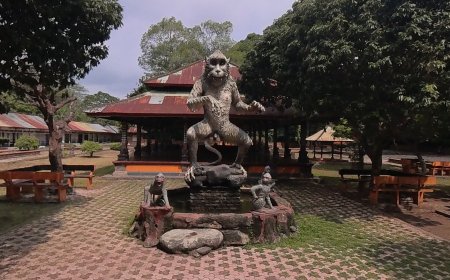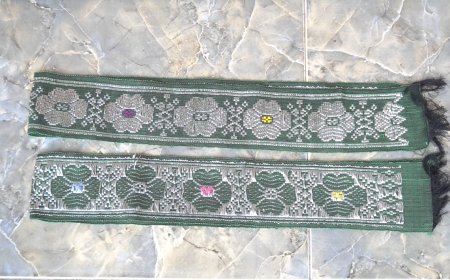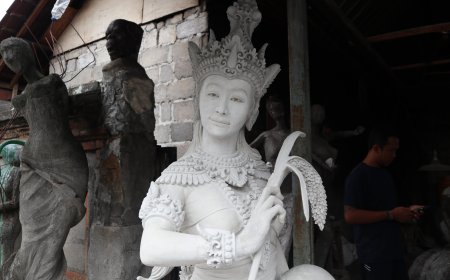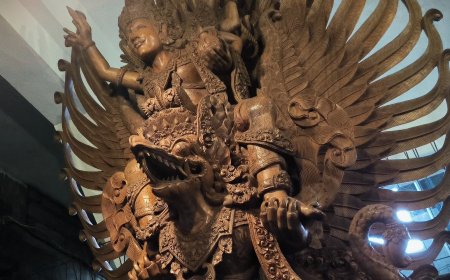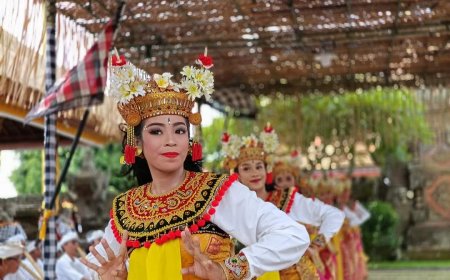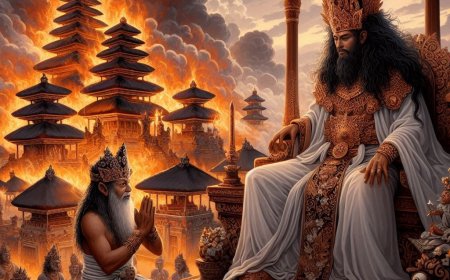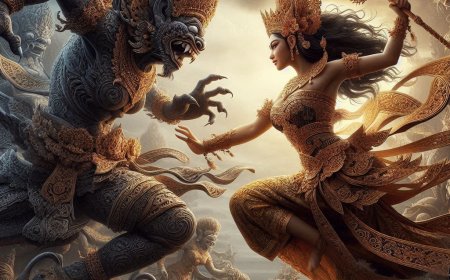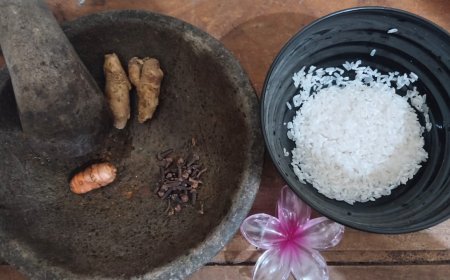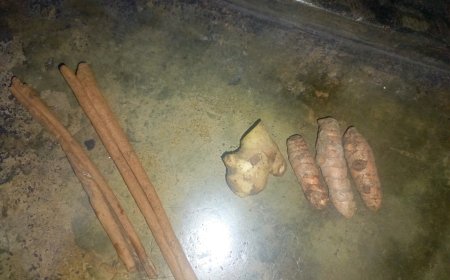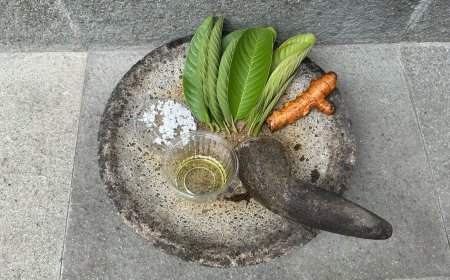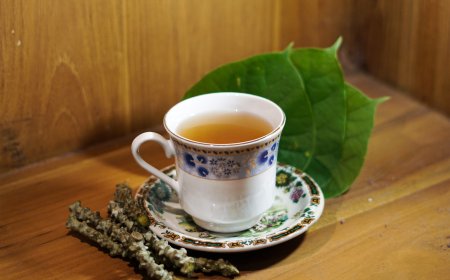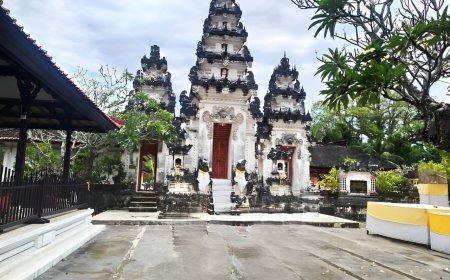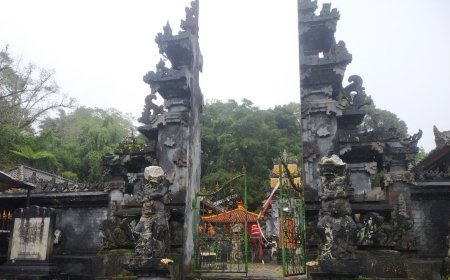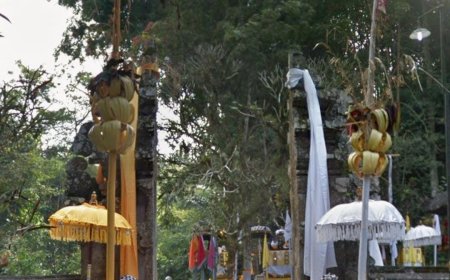The Hidden Beauty of Pura Tirta Silakarang: Traces of Carving Art Civilization and Palimanan Stone
Pura Tirta Silakarang is known for its sacred spring used for the melukat ceremony, a vital self-purification ritual for Hindus in Bali. Visitors often feel a deep sense of tranquility, surrounded by lush greenery and the calming sound of flowing water. In addition, one of the main attractions of Pura Tirta Silakarang is the stone carvings that adorn the walls and courtyards of the temple. These carvings are the work of Balinese artisans, passed down through generations.
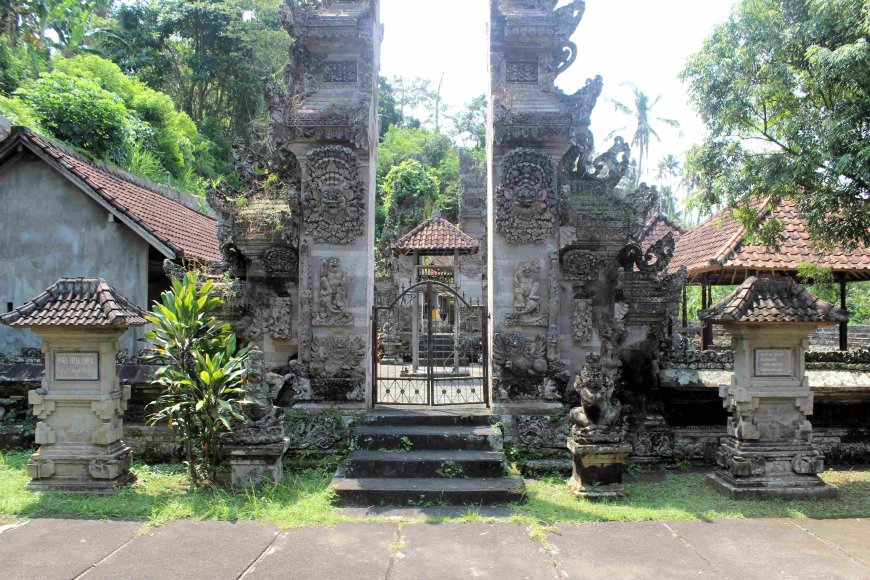
Pura Tirta Silakarang, located in Gianyar, Bali, stands as one of the most captivating spiritual destinations on the island. Nestled amidst lush greenery, the temple exudes an extraordinary sense of natural beauty and spiritual tranquility. Surrounded by towering trees and a clear-flowing river, Pura Tirta Silakarang offers a serene and peaceful atmosphere. Visitors are immediately immersed in the calmness of this sacred place, making it ideal for meditation and spiritual reflection. In addition to being a site of worship, this temple serves as an important cultural and artistic landmark, showcasing the rich heritage of Balinese stone carving.
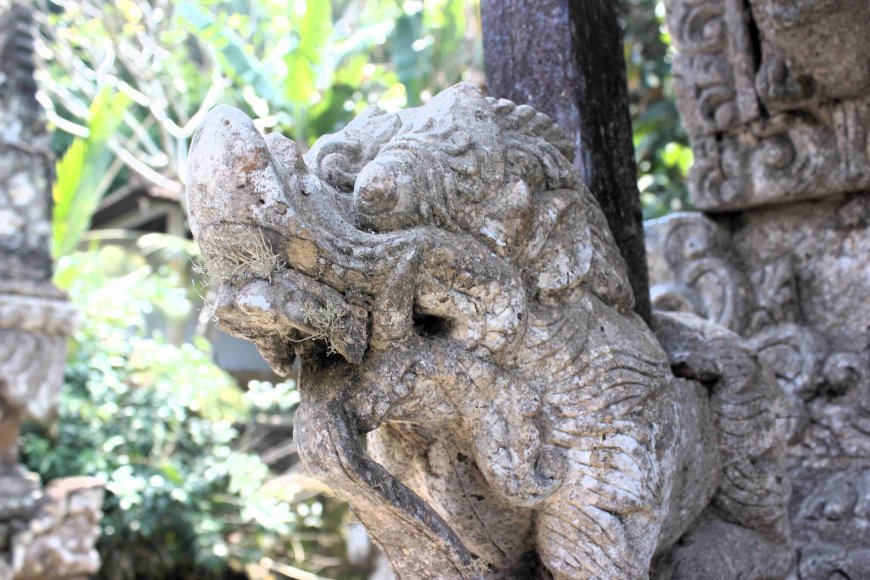
Carvings at Pura Tirta Silakarang made around the 1800s (Source: Personal Collection)
Beyond its aesthetic and spiritual allure, Pura Tirta Silakarang is steeped in rich history. A key figure in this history is Agung Kerung, a descendant of Mengwi, who formed a strategic alliance with Cokorda Sukawati from Ubud to openly resist Dewa Agung Klungkung. This political conflict between the three powerful forces marked a significant chapter in Bali's historical landscape. In July 1890 and January 1891, fierce battles erupted near the village of Negari, where the Ubud and Mengwi alliance fought against the supporters of Dewa Agung Klungkung. Despite the initial resistance from Klungkung’s followers, a renewed attack in May 1891 finally broke their defense. The Puri Negara, a key stronghold of Klungkung's power, was completely burned down by the Ubud and Mengwi alliance, marking the decline of Klungkung’s dominance in the region.
Following these pivotal battles, Silakarang became a crucial witness to the political and social transformations unfolding in Bali. The destruction of Negara (Batuan Gianyar), which had sided with Klungkung, allowed the victorious alliance to rebuild the territories under their control. New villages began to emerge, with loyalists to the winning factions being placed in key positions. In 1832, skilled carvers from Guwang Sukawati were invited to construct Pura Puseh in Silakarang, a moment that marked the beginning of Silakarang's renowned stone carving tradition. The young men of the village, eager to learn from the expert craftsmen, quickly mastered the art of stone carving, transforming this skill into a highly valued craft throughout Bali.
For centuries, Silakarang was recognized as a hub of exceptional stone carving. The stone carving tradition in Silakarang reached its peak during the mid-20th century, with the generation known as the 1960s generation producing some of the most revered works. The patra punggel style, a distinctive form of carving from Silakarang, is renowned for its dynamic and expressive forms, particularly in the depiction of anatomy known as “ngigel”, which emphasizes flexibility and lively movement. These carvings not only demonstrate a high level of technical skill but also add an aesthetic touch that brings sculptures to life.
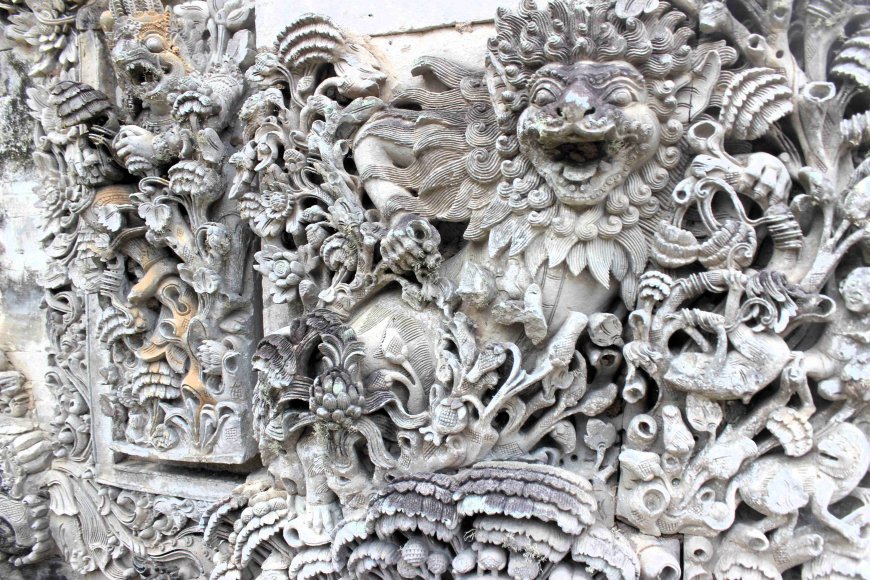
Carvings at Pura Tirta Silakarang made in 1948 (Source: Personal Collection)
However, by the 1980s, the development of stone carving in Silakarang began to experience stagnation. Although the learning process continued, with skills passed down from parents to children or through the cantrik system (where a master accepts students from outside the family), significant challenges emerged, including the scarcity of local stone materials. The introduction of palimanan stone from Yogyakarta further eroded the local tradition. While this new material was easier to obtain, its use diminished the unique character found in original Silakarang stone carvings. The once highly disciplined and structured learning process also began to fade. Key elements in the stone carving process, such as the sor-singgih (a hierarchy in the carving process), gradually disappeared.
Despite these changes, the stone carving tradition in Silakarang has endured. Some carvers continue to uphold manual methods in their sculpting, keeping the tradition alive, albeit in a simpler form compared to its former glory. Sculptures created through these manual techniques still exude beauty and spiritual depth, a result of the long and meaningful process involved in their creation. The stone carving tradition of Silakarang remains an integral part of Bali’s cultural heritage, contributing significantly to the island’s artistic identity and spiritual essence.
